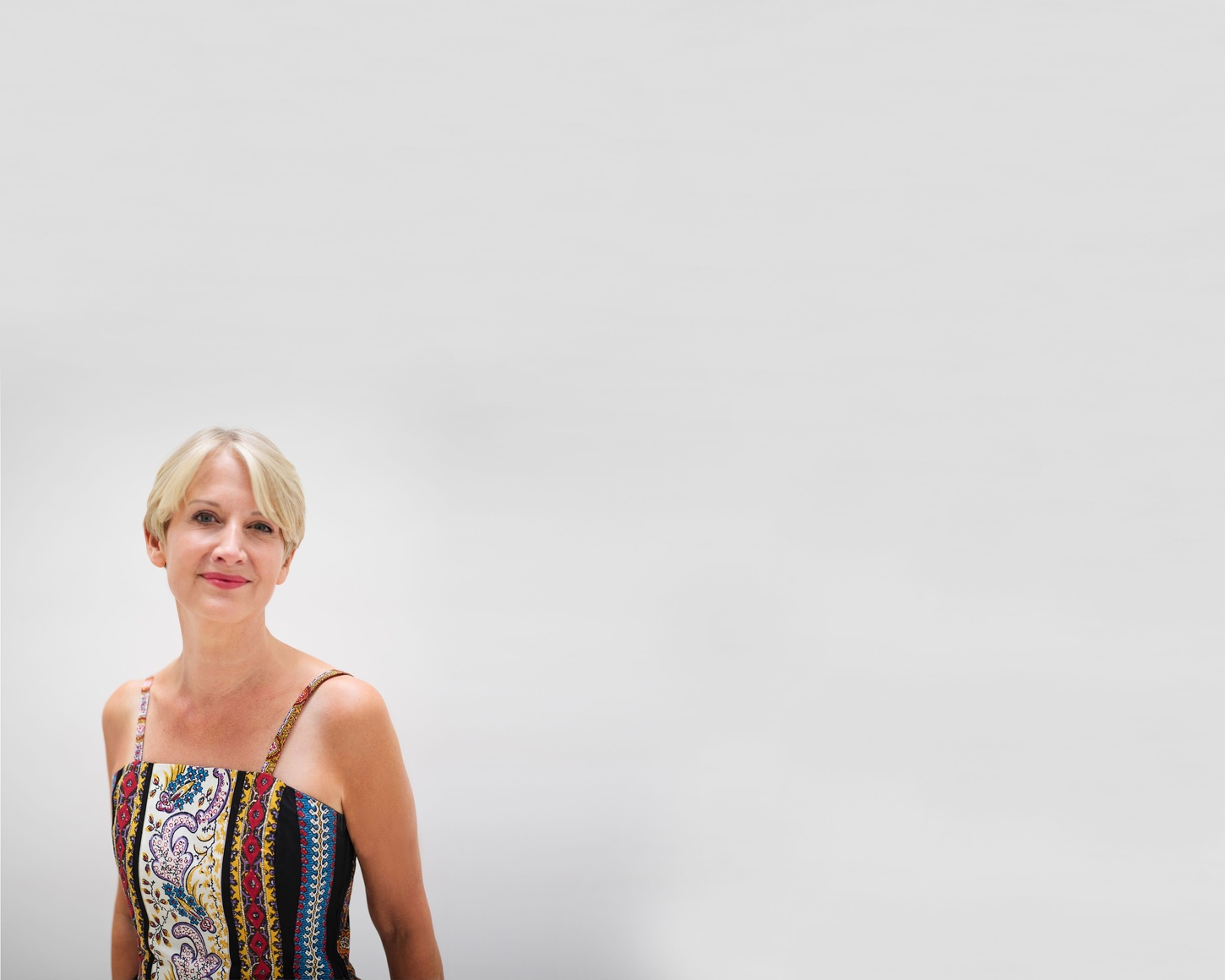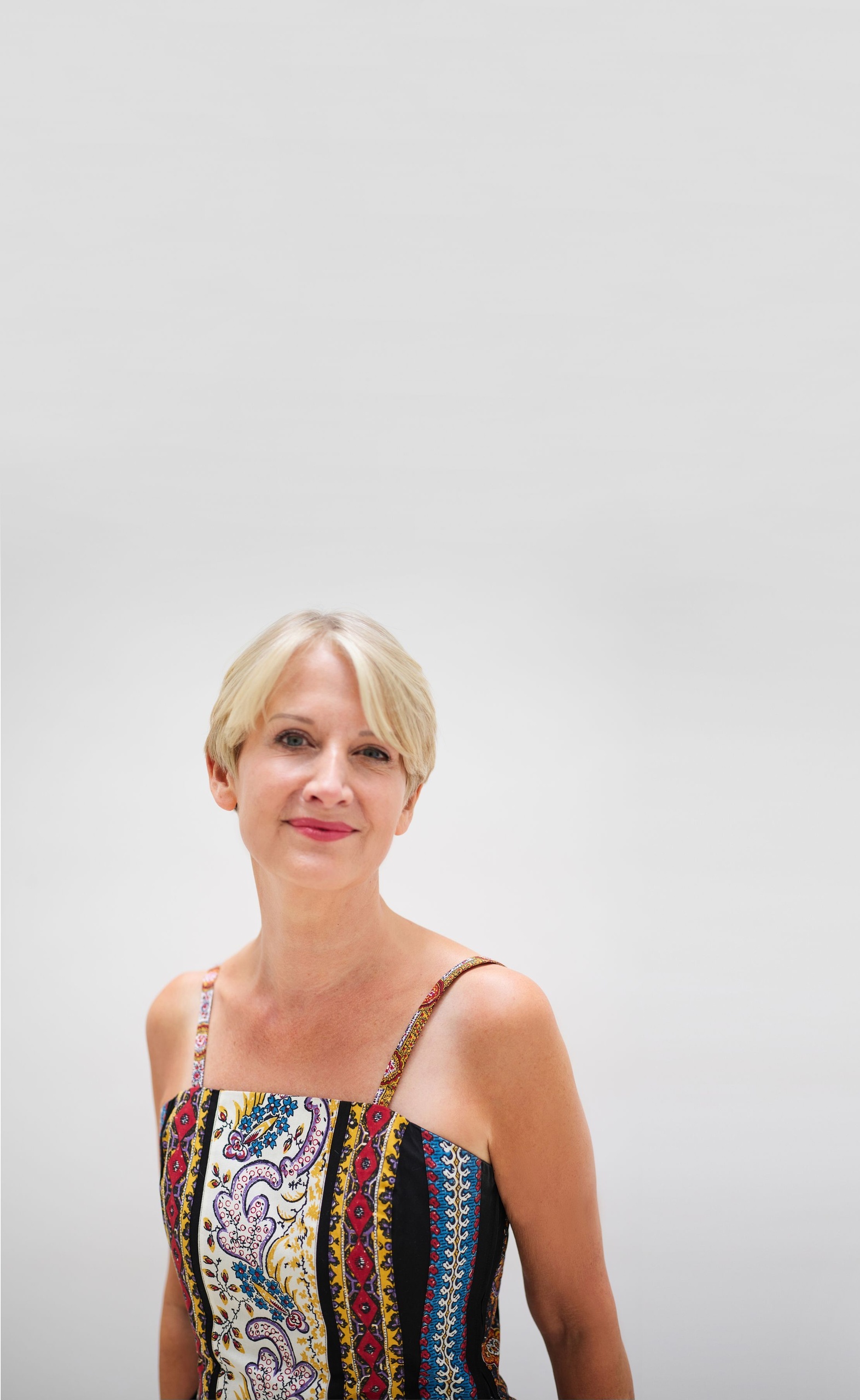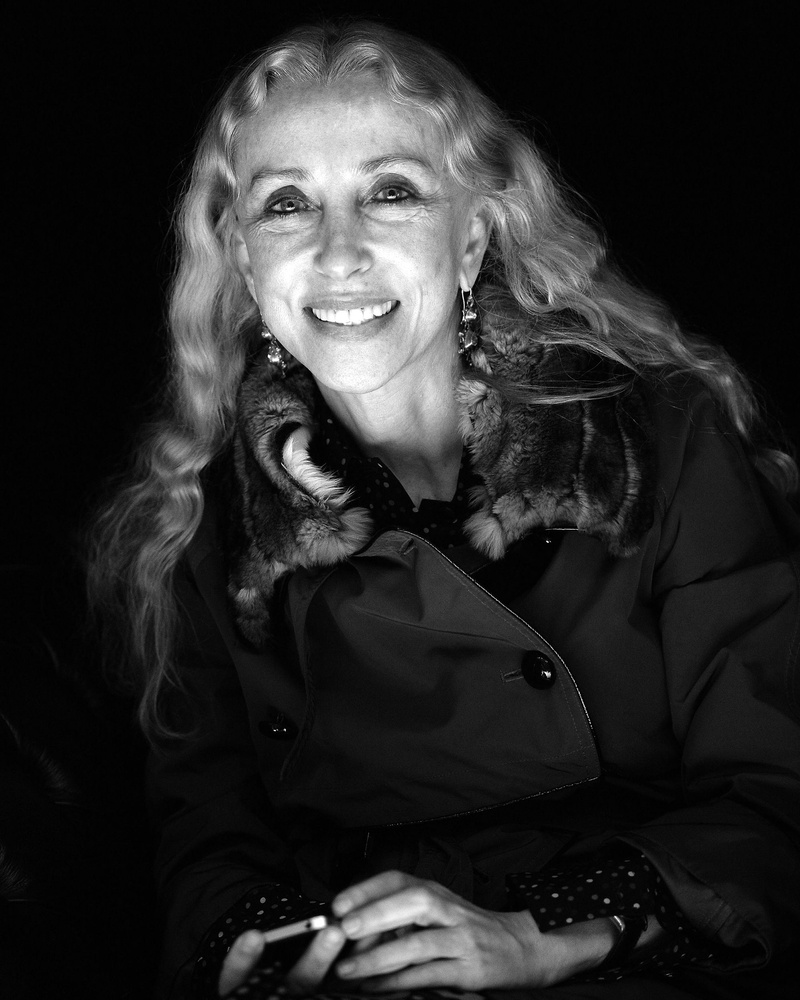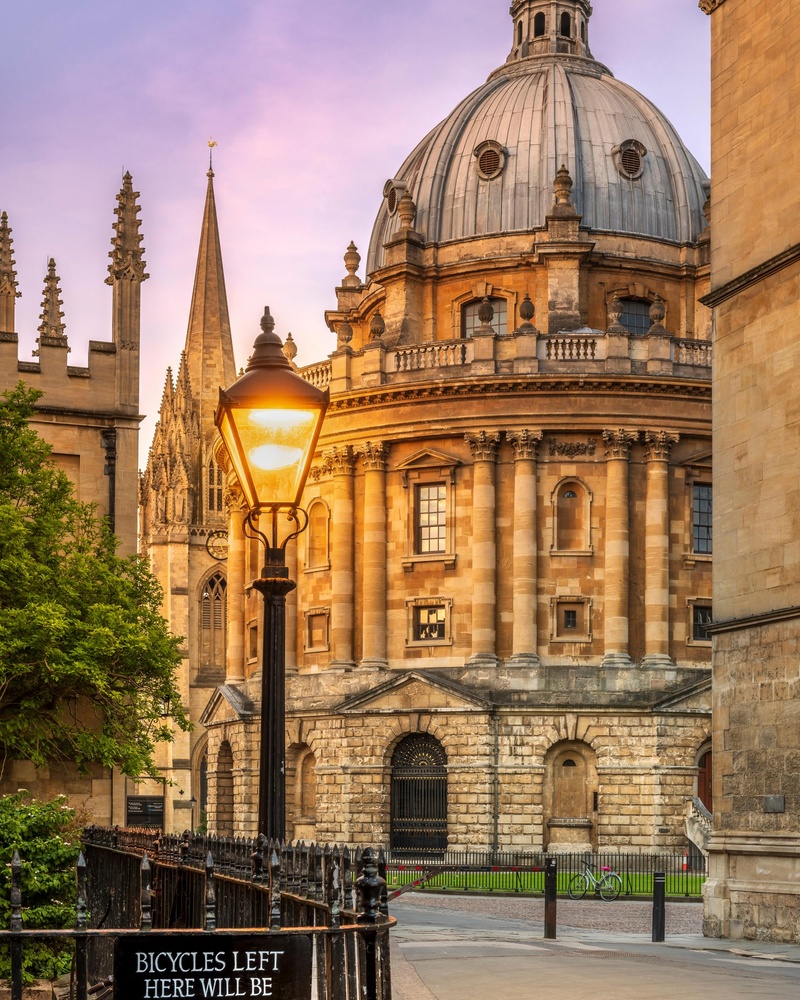Facelift surgery is a rapidly evolving field. Rajiv Grover has had an outward looking approach over the last two decades actively contributing to the Science and Safety of Facelift Surgery as well as the wider spheres of Facelift Artistry and Facelift Psychology. This has fuelled his passion for facelifting and provided skills he is pleased to share with his patients to help restore confidence and looks.
Turning facelift surgery into artistry into confidence
INTRODUCTION
Contents:
The face doesn't age by gravity alone.
If gravity was the only cause of ageing, then facelift surgery would always provide the perfect solution. Unfortunately, there are other causes of ageing and everyone’s face ages differently. Therefore, it is crucial to do some detective work to determine exactly how your face has aged and only perform facelifting if there has been genuine gravitational descent and laxity in the facial tissues irrespective of age.
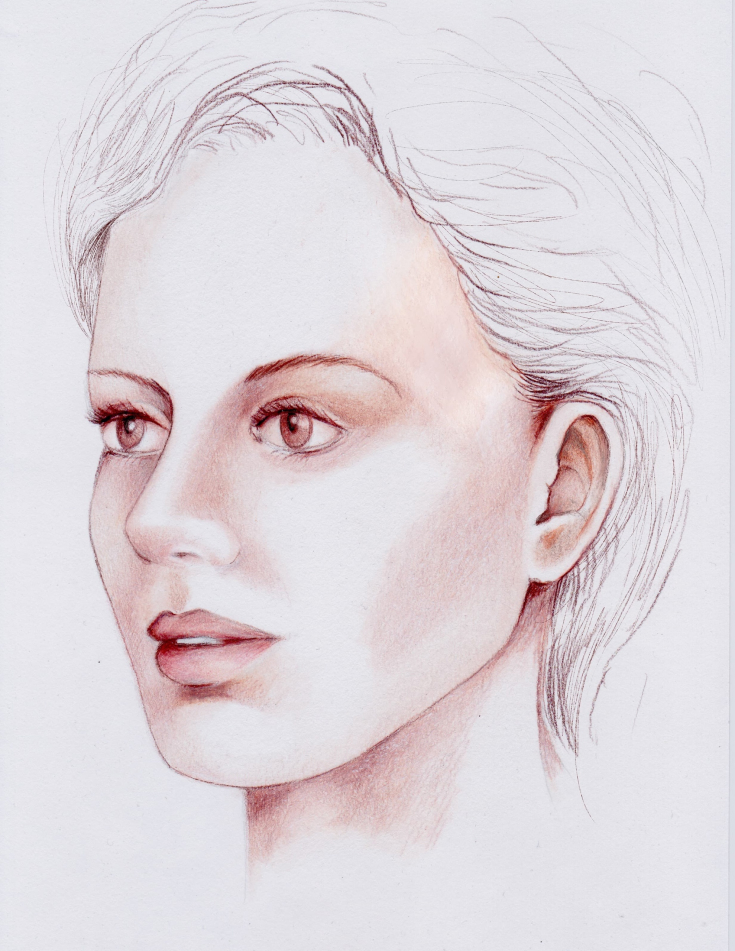
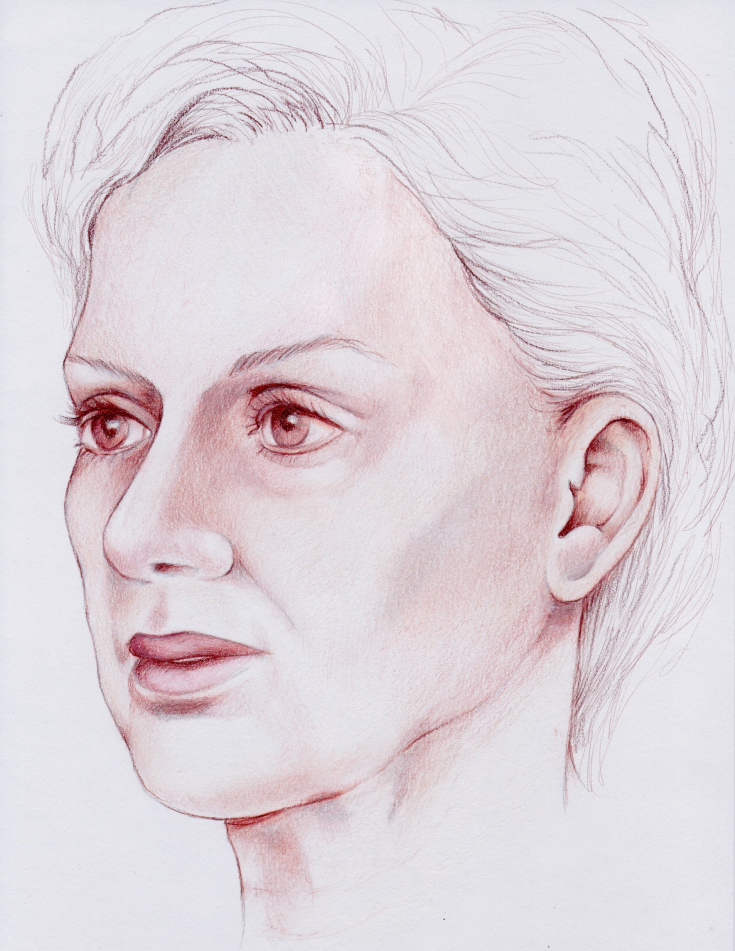
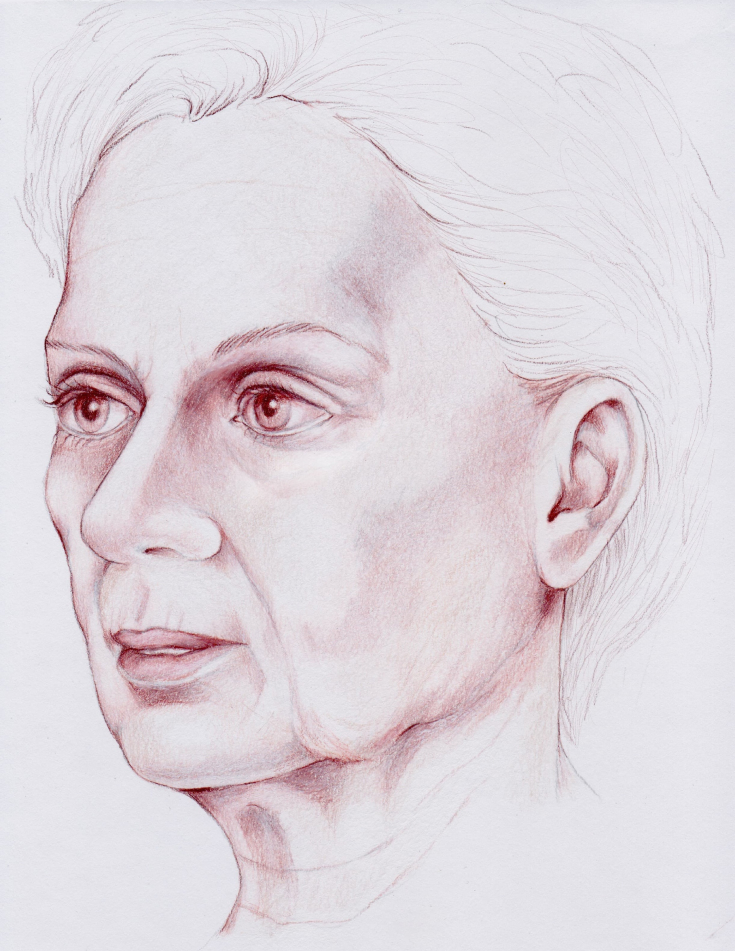
Facial ageing occurs through volume loss, gravity, and bone loss.
Original research performed by Rajiv at the Q-Med Institute in Sweden found that the face ages by three distinct mechanisms.
- Soft tissue volume loss in the cheeks gives a tired or drawn look and can also be associated with the opposite effect of fat deposition in the jowls and neck.
- Gravity moves the facial soft tissues downwards and forwards converting the heart shape of youth into a squarer, less feminine, older looking face – centrofacial ageing. This gravitational centrofacial ageing is characterised by heavy nasolabial folds, jowl formation and loose skin in the neck.
- Bone loss primarily affects the lower face and especially the mandible (lower jawbone). This weakens the jawline and neck profile as well as deepening the nose to mouth lines and marionette lines. In essence, the effect of bone loss in the lower face mimics gravity and exaggerates the effects of gravity.
Additionally, the skin itself deteriorates with a loss of thickness, elasticity, and hydration as we age.
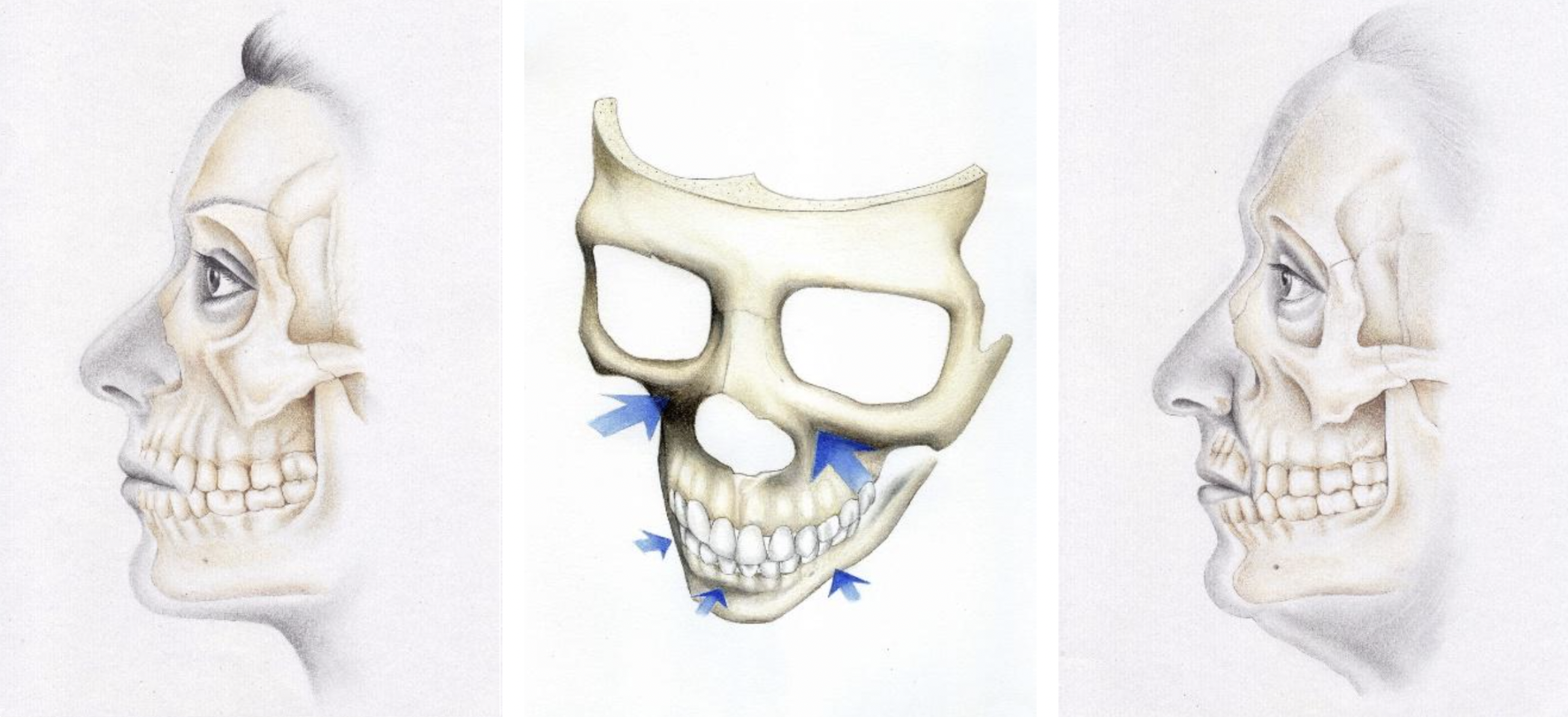
Bone loss is focussed in the upper and lower jaws which recede and exaggerate the effects of gravity in the lower face.
Studying photographs of your face from 10 years ago and youth is essential to determine your unique pattern of ageing. If the main cause was soft tissue volume loss or bone loss rather than gravity, then facelifting may not be helpful. Mr Grover will always be honest in stating what can realistically be achieved. If he feels he cannot add worthwhile benefit, he will advise against surgery for the moment. Time, gravity, or weight loss may change the situation in the future. Examples of photographs which are helpful to determine your pattern of ageing are shown below illustrating Rajiv himself aged late teens, late thirties, and fifties. Similar photographs to these are ideal but simple family photographs are helpful too.
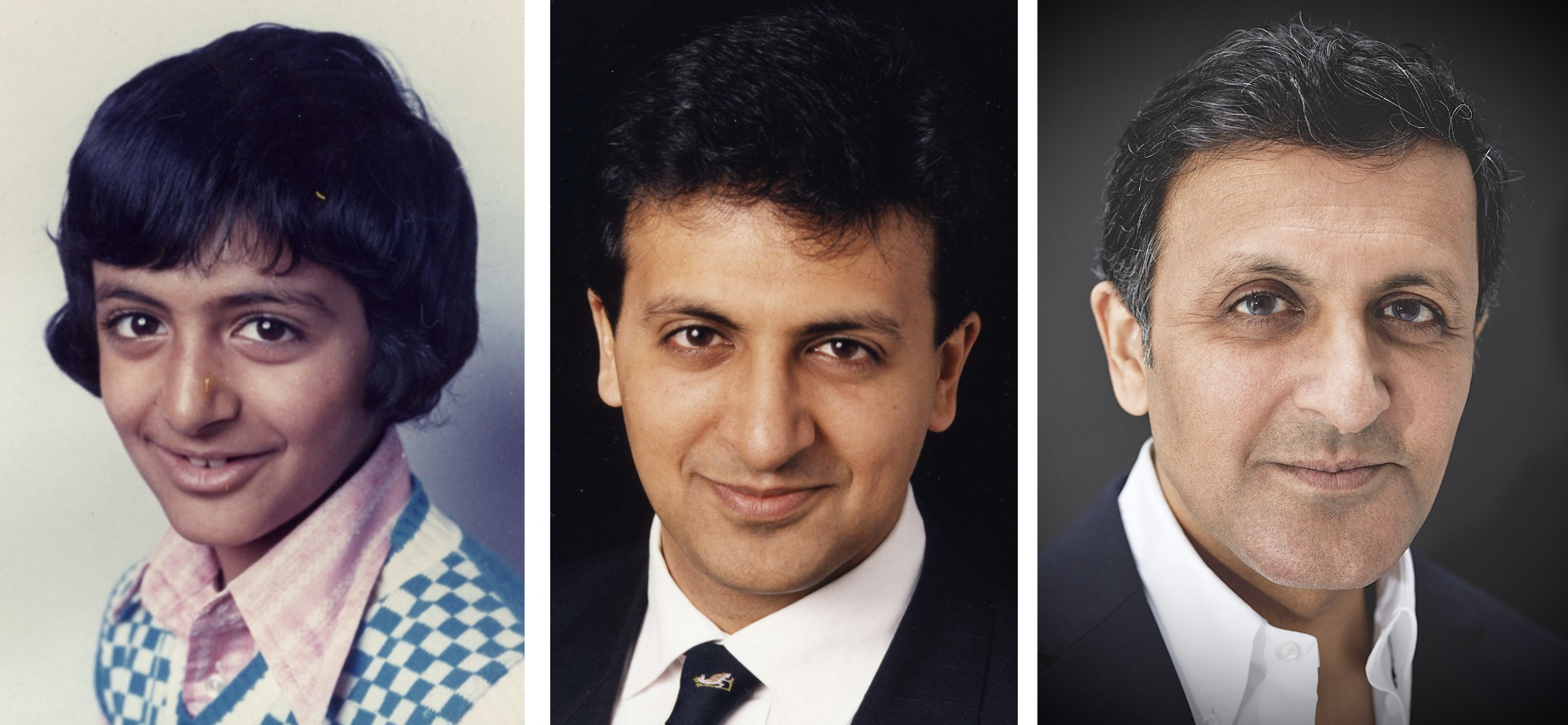
Rajiv Grover in his late Teens, Thirties, and Fifties. Examples of the type of photographs which are helpful in analysing facial ageing.
Rajiv's approach to facelifting
Making a significant and worthwhile improvement in a natural way
BUT keeping your face still looking like you AND as if it was never touched.
Achieving this requires three important approaches. Firstly, the application of modern surgical techniques which inherently lift the face in a more natural and effective way – The Deep Plane Facelift. Secondly the application of Facelift Artistry to rejuvenate with natural beauty. Thirdly the analysis of your younger photographs to act as a roadmap to guide surgery and keep you still looking like YOU– Facelift Couture.
Rajiv’s Approach to Facelift Surgery
Deep Plane Facelift – Applying modern techniques.
Facelift Artistry – Applying artistic principles to rejuvenate with natural beauty
Facelift Couture – Using younger photographs as a roadmap to guide surgery.
Modern surgical technique - The Deep Plane Facelift
Under the skin of the face lies the SMAS which is a deeper layer containing the facial fat compartments and attached to the underlying muscles. The SMAS holds the facial volume and is therefore responsible for determining facial shape. With advancing age, gravity causes the SMAS to descend and move forwards, changing the face from the heart shape of youth to a squarer shape which looks older and less feminine. Repositioning the SMAS is therefore essential to restoring the natural heart shape of youth. Avoiding the tell-tale appearance of a facelift means avoiding the distortions of tension, vector and volume which can be associated with traditional facelifting, and which create a tight or pulled appearance. The Deep Plane technique minimises these distortions by differing from traditional facelifting in three specific ways.
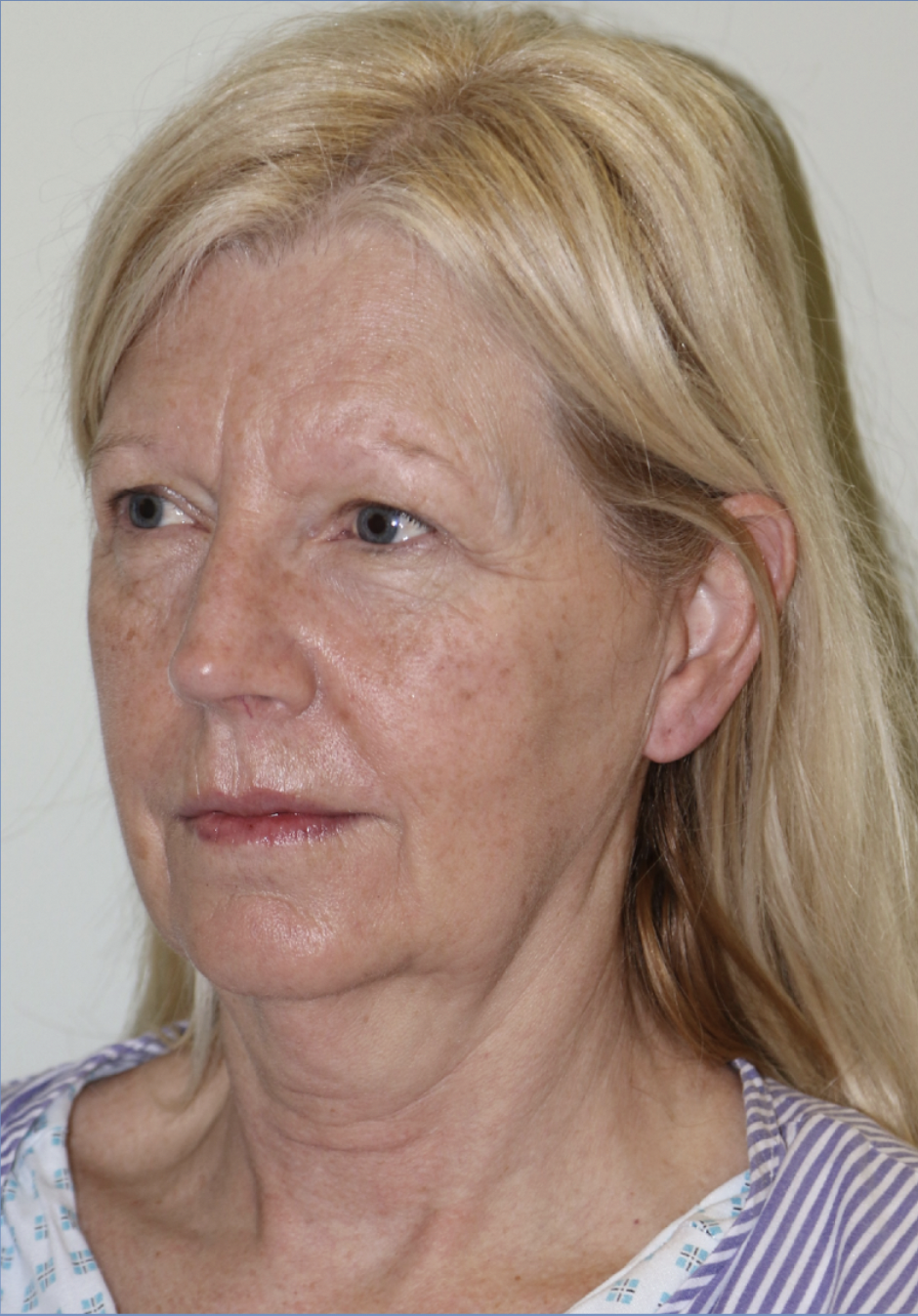
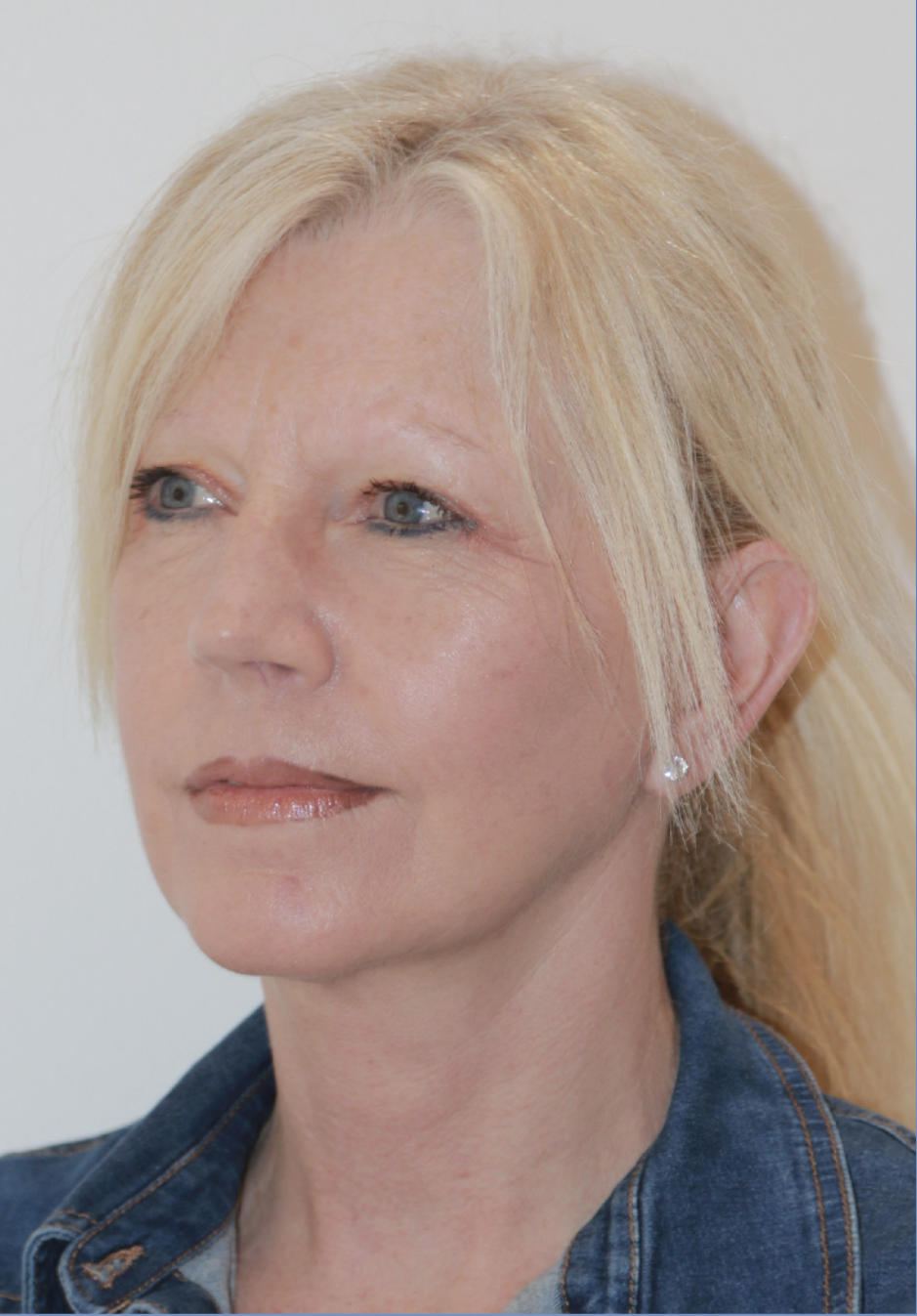
Before and After of Patient who underwent Deep Plane Face and neck lifting with Rajiv Grover.
Firstly, to avoid pulling the SMAS under tension it is released from its attachment to the underlying retaining ligaments which hold it in place. This allows the SMAS to be moved freely so the face doesn’t look tight. If we imagine the structure of the face like a bed, the skin would be the bed cover, and the duvet underneath is the SMAS. Trying to lift the SMAS without releasing the retaining ligaments is like trying to make the bed whilst someone is still sitting on it – the Deep Plane technique avoids this scenario.
Secondly, unlike standard facelifting techniques where the skin is peeled off the SMAS and pulled as a separate layer, in Deep Plane Facelifting the skin is kept attached to the SMAS which carries it as a passenger. This avoids a stretched appearance and rather gives a softer more natural look.
Thirdly the direction of lift is more vertical than a traditional facelift and better directed at reversing the downward pull of gravity. This is facilitated by the release of the underlying retaining ligaments which gives an artistic freedom not possible with traditional methods of facelifting.
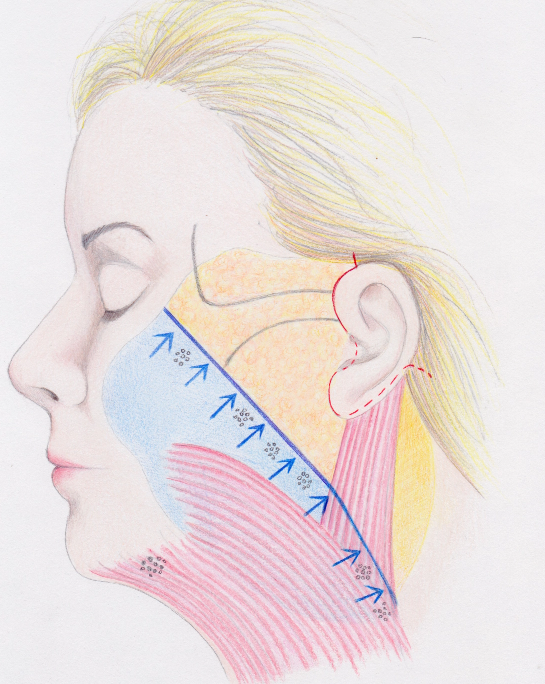

The Deep Plane Facelift Technique. Rajiv Grover was invited to publish a scientific commentary alongside Andrew Jacono’s Original work in the Aesthetic Surgery Journal (ASJ).
The Deep Plane facelift was developed by New York Surgeon Andrew Jacono. Rajiv was privileged to be invited to publish a commentary alongside Andrew Jacono’s original scientific work when it appeared in the Aesthetic Surgery Journal. Rajiv was also invited by QMP Medical, the publisher of Andrew Jacono’s textbook, to write a review of Dr Jacono’s work for the book’s promotion. Rajiv is an experienced enthusiast of Deep Plane facelifting and specialises in this field.
An important fact of facial anatomy is that the SMAS in the face is continuous with the muscle layer of the neck (Platysma muscle). Using the Deep Plane technique means the face and neck are usually lifted together and not separately. In general, it is not common to lift the face without the neck or the neck without the face if one is performing Deep Plane Facial Surgery.
Facelift artistry: Contour, Definition, Silhouette – the formula for the feminine eternal.
Applying the work of Leonardo da Vinci to Facelift Surgery
Rajiv Grover had the rare privilege of studying the original drawings and manuscripts of Leonardo da Vinci in The Louvre, Paris. Rajiv discovered that Leonardo described natural beauty as the sum of three separate virtues; youth, femininity, and elegance which he characterised respectively by contour in the midface, definition in the lower face and a smooth silhouette in the jawline and neck. The sum of these three virtues; contour, definition and silhouette defined natural beauty and Leonardo described them as “the formula for the feminine eternal”.
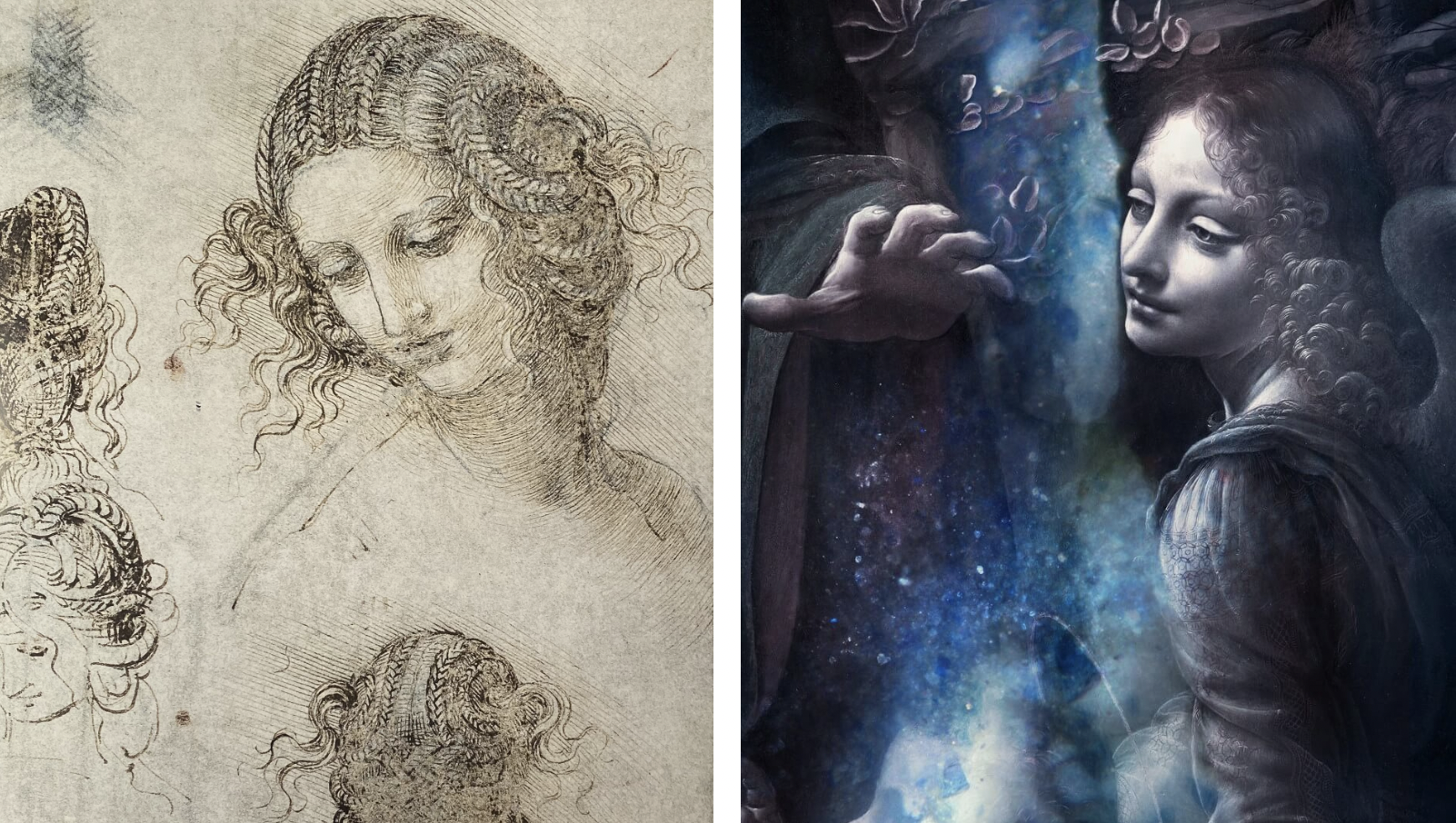
Leonardo da Vinci’s depiction of natural beauty emphasizing contour, definition and silhouette which Leonardo called “The formula for the feminine eternal”.
Contour, definition, and silhouette – the formula for the feminine eternal.
Rajiv was able to apply these insights directly to modern facelifting and presented the findings in his Guggenheim Lecture on Facelift Artistry delivered at The Louvre in Paris.
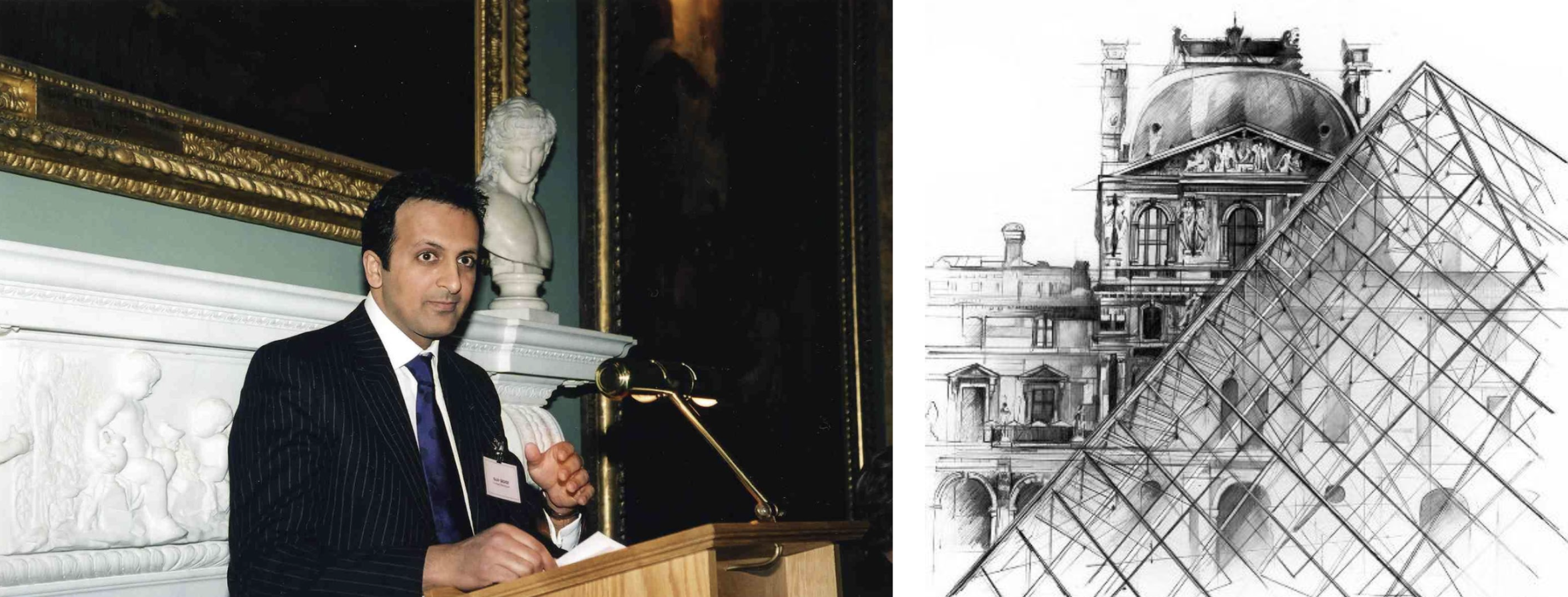
Rajiv Grover delivering his Guggenheim Lecture on facelift Artistry at The Louvre in Paris.
Using Leonardo’s formula for natural beauty, the goals of modern facelifting aim to restore facial outline to a heart shape by re-siting volume back to the midface which enhances contour and therefore youthful beauty. Secondly, to restore definition to the lower face which is a characteristic of feminine beauty and thirdly to refine the silhouette of the jawline and neck for elegant beauty.
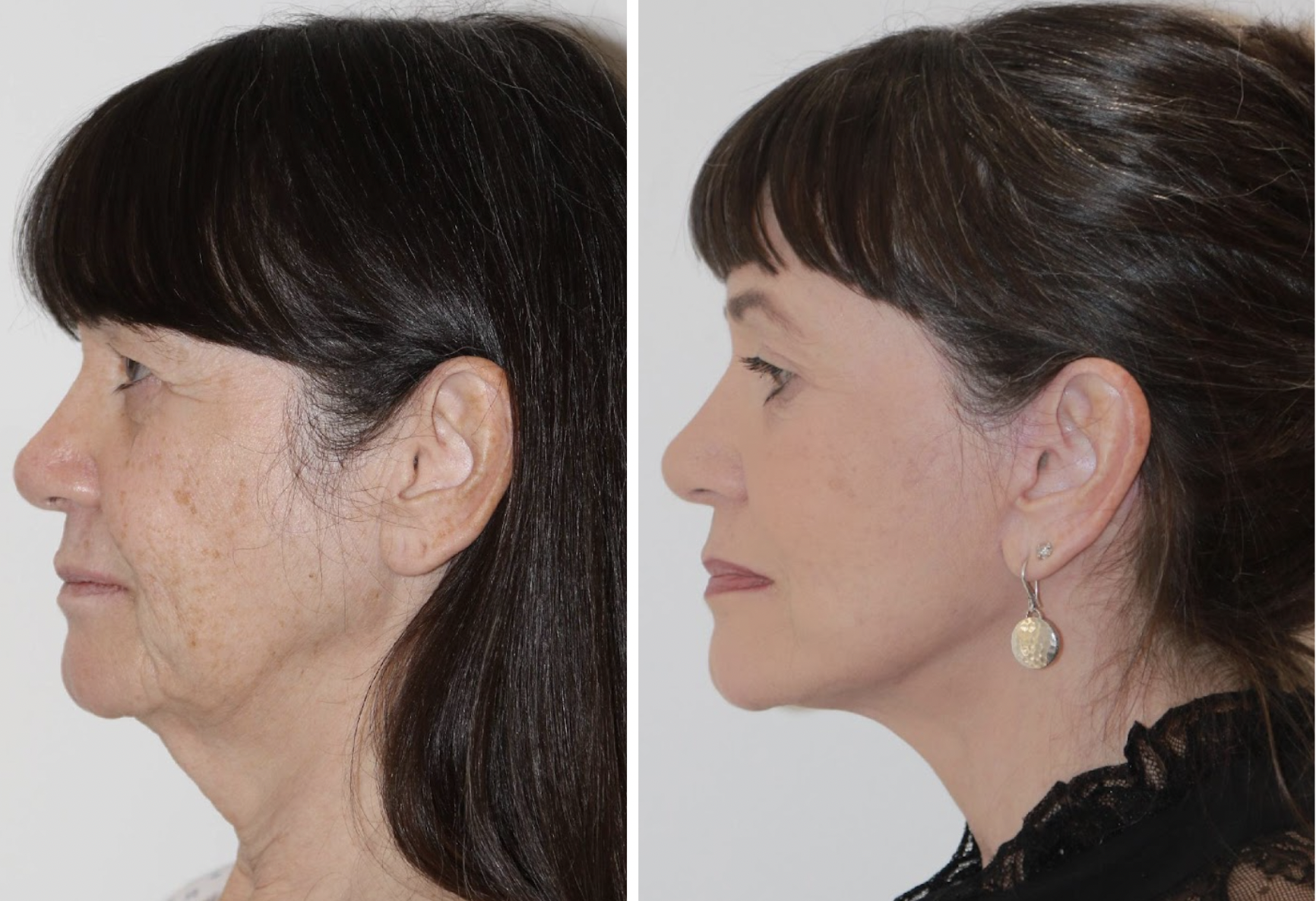
Before and After of Patient who underwent Blepharoplasty with Deep Plane Face and Neck lifting performed by Rajiv Grover.
Achieving these aims surgically is more successful if the SMAS is released from its underlying attachments allowing facial volume to be repositioned freely and without tension. This is the defining advantage of the Deep Plane technique over other facelifting methods.
Applying Leonardo’s Formula for the Feminine Eternal to Modern facelifting
Enhancing Contour in the midface (youthful beauty)
Restoring Definition in the lower face (feminine beauty)
Refining the Silhouette of jawline and neck (elegant beauty)
Delighted with my facelift by the brilliant brilliant Rajiv Grover who made a beautiful improvement which looks totally natural even on high definition live television
– Kay Burley Age 62 Sky News
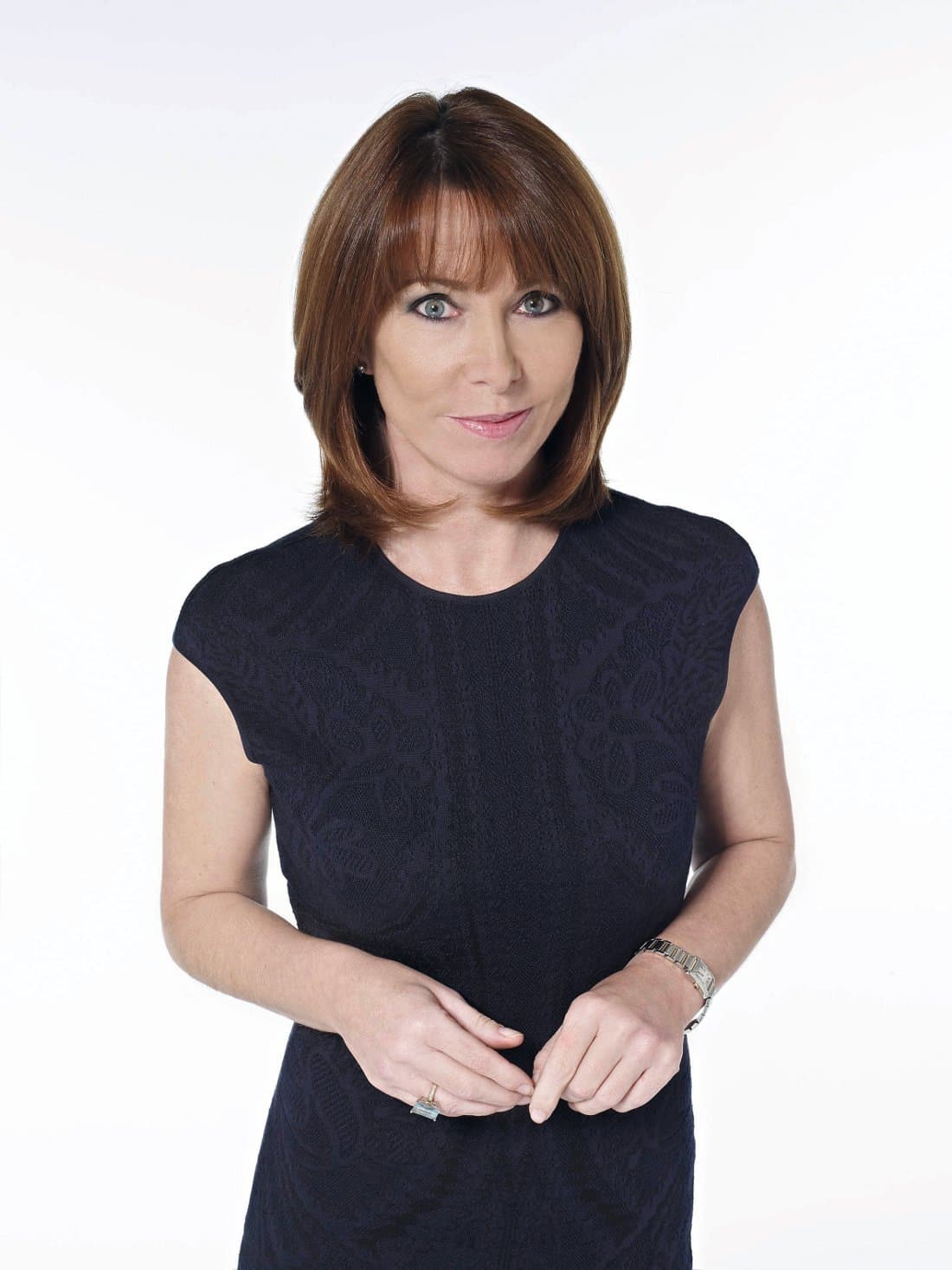
Equally important in facelifting is how the face looks in the fourth dimension – with movement. The face is not static and needs to look natural during expression and emotion. What we often recognise as “having had work done” in celebrities relates to looking odd with movement. Good facelift surgery should look equally natural in repose as it does in expression and emotion. Artistry and a lack of tension are the absolute keys to facelift surgery remaining fluid and natural with movement. Again, this is more reliably achieved by releasing the SMAS from its underlying attachments which is an inherent advantage of the Deep Plane Technique.
Facelift couture - using your younger photographs as a roadmap to guide surgery and keep you still looking like you.
Looking at photographs of your face when you were younger is essential. Firstly, this allows the detective work necessary to discover how your face has aged and secondly it helps provide a roadmap to guide surgery. You will be requested to bring these with you to the consultation. Family photographs of you from 10 years ago and in your late teens / twenties are all that is required.



Facelift Couture – Using younger photographs as a roadmap to guide surgery.
Using the Deep Plane technique allows the artistic freedom to move the SMAS freely. The vector (direction) of lift can have a significant impact on appearance and your facial roadmap (i.e. your younger photographs) provides a useful reference to guide surgery and keep you still looking like YOU. This customised approach to facelifting is called “Facelift Couture”, a concept which Rajiv has lectured about in collaboration with Alexander McQueen at the Louvre in Paris.
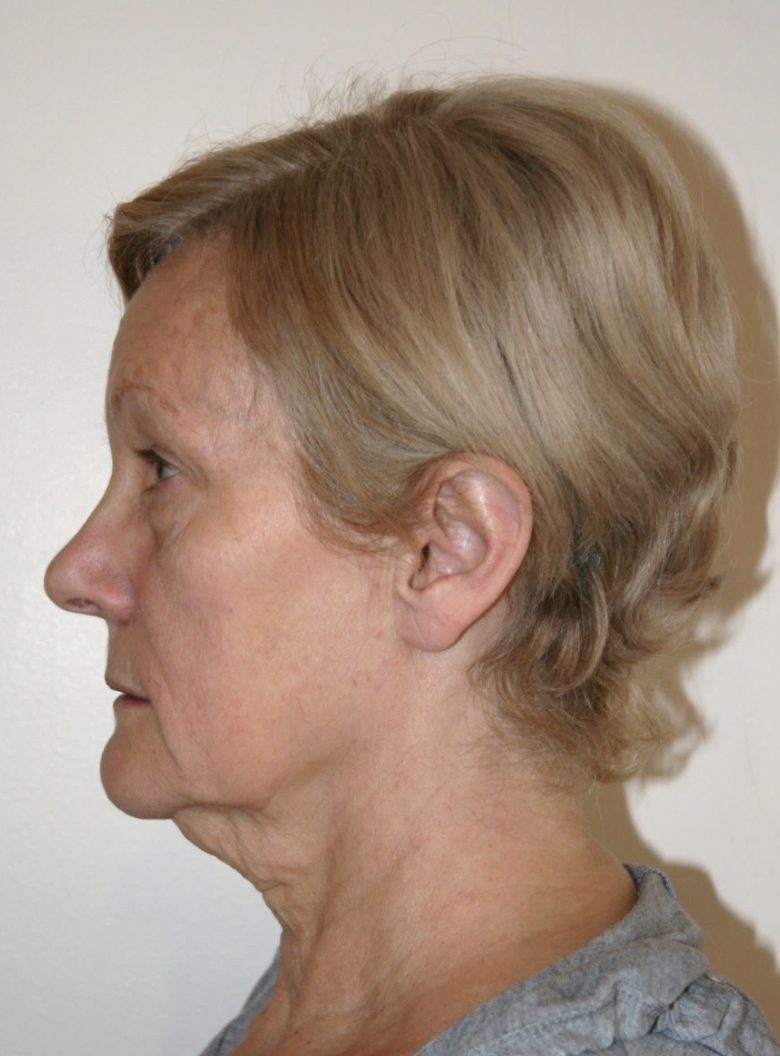
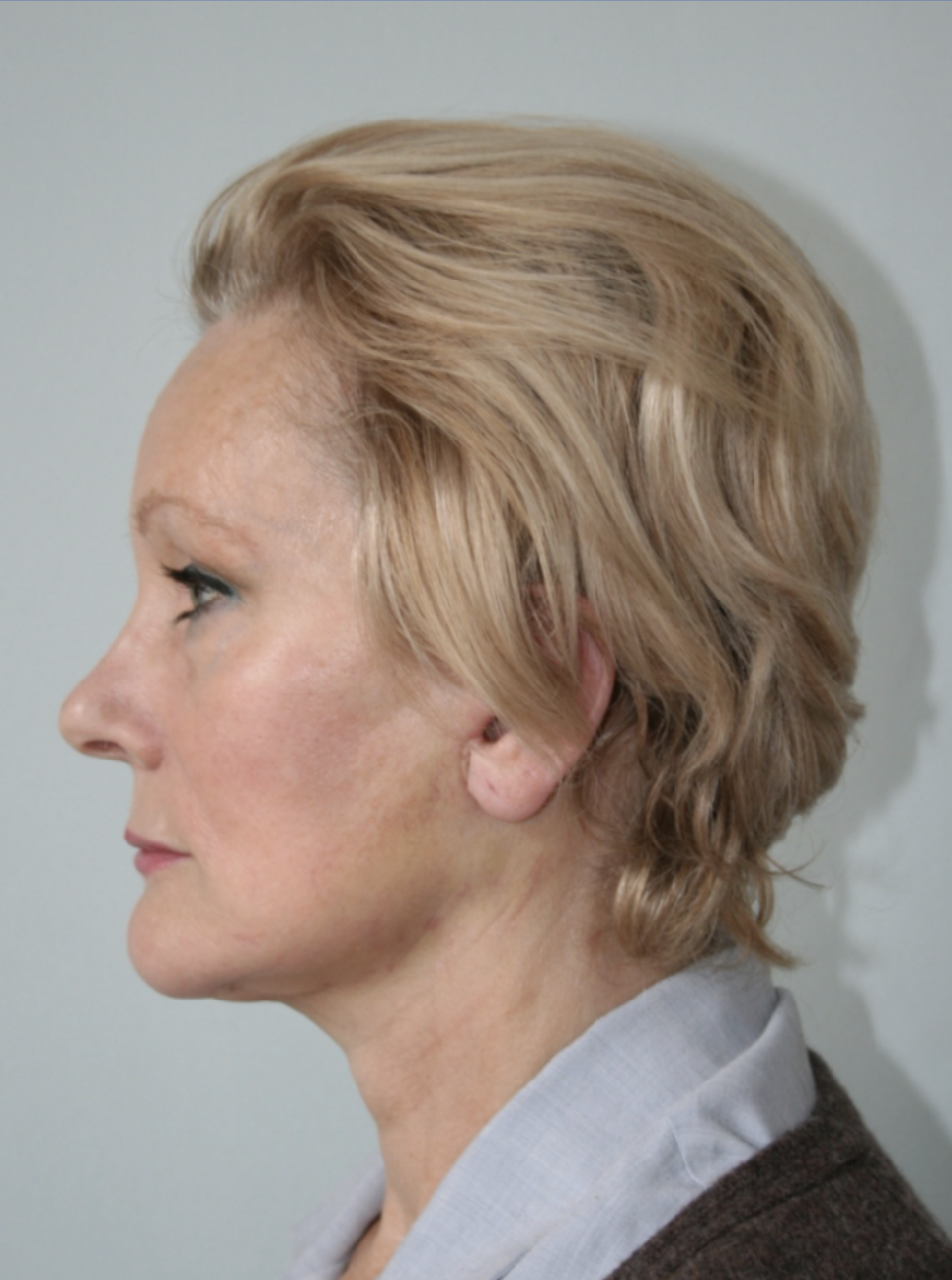
Before and After of Patient who underwent Deep Plane Face and neck lifting with Rajiv Grover using younger photographs to guide surgery - facelift couture.
The journey matters: A boutique facelift practice not a conveyer belt
The primary goal of facelift surgery is to restore confidence and self-esteem over and above the elimination of loose skin and jowls. Compassion is therefore essential to this journey. Mr Grover’s clinic is a boutique practice focussing exclusively on facelift surgery and treating a select number of patients, not a conveyer belt.
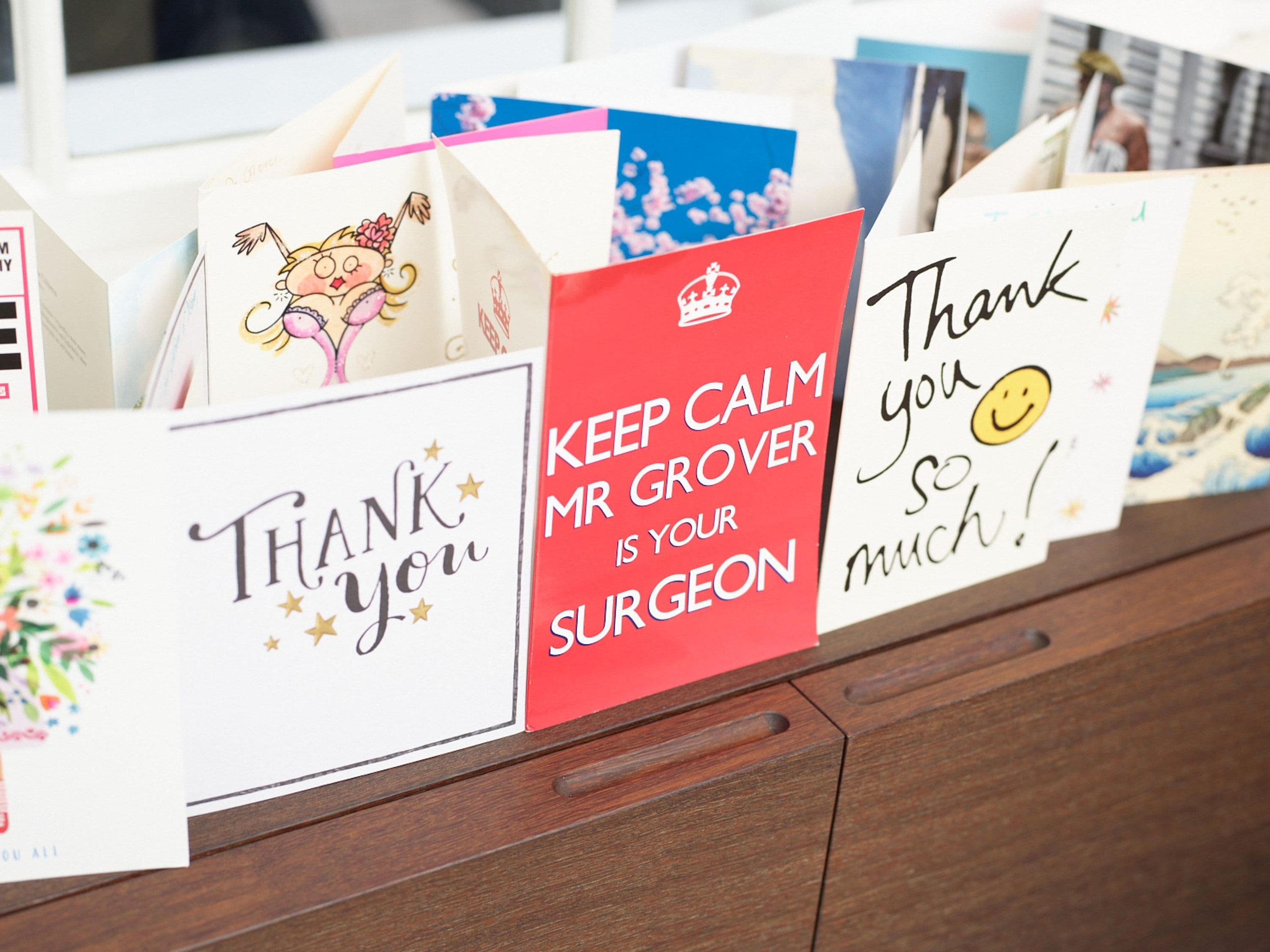
Rajiv collaborated in Rome and Oxford with the editor in chief of Italian Vogue, Franca Sozzani to explore facelift psychology and how the journey could best be tailored to restoring confidence and self-esteem. Kindness, compassion, and support played key roles and underlined Rajiv’s commitment to personalised care.
Rajiv is an ultimate authority on facelifting delivered with the ultimate empathy.
– Franca Sozzani Editor in Chief Italian Vogue
We think of compassion as primarily being a help and support for patients, however Rajiv firmly believes that compassion also helps the surgeon to create better results. In his lecture at Oxford University on Facelift Psychology, Rajiv defined Art as “something created with feeling and emotion, that in others generates feeling and emotion”.
Art is something created with feeling and emotion that in others, generates feeling and emotion
– Rajiv Grover speaking at Oxford University
Compassion therefore assists the surgeon by instilling the feeling and emotion necessary to turn the craftsmanship of a surgical operation into artistry. Going a stage further compassion is also the catalyst that allows the patient to convert the physical change of surgery into the power of confidence. Compassion is therefore an essential ingredient helping to turn facelift surgery into artistry into confidence.
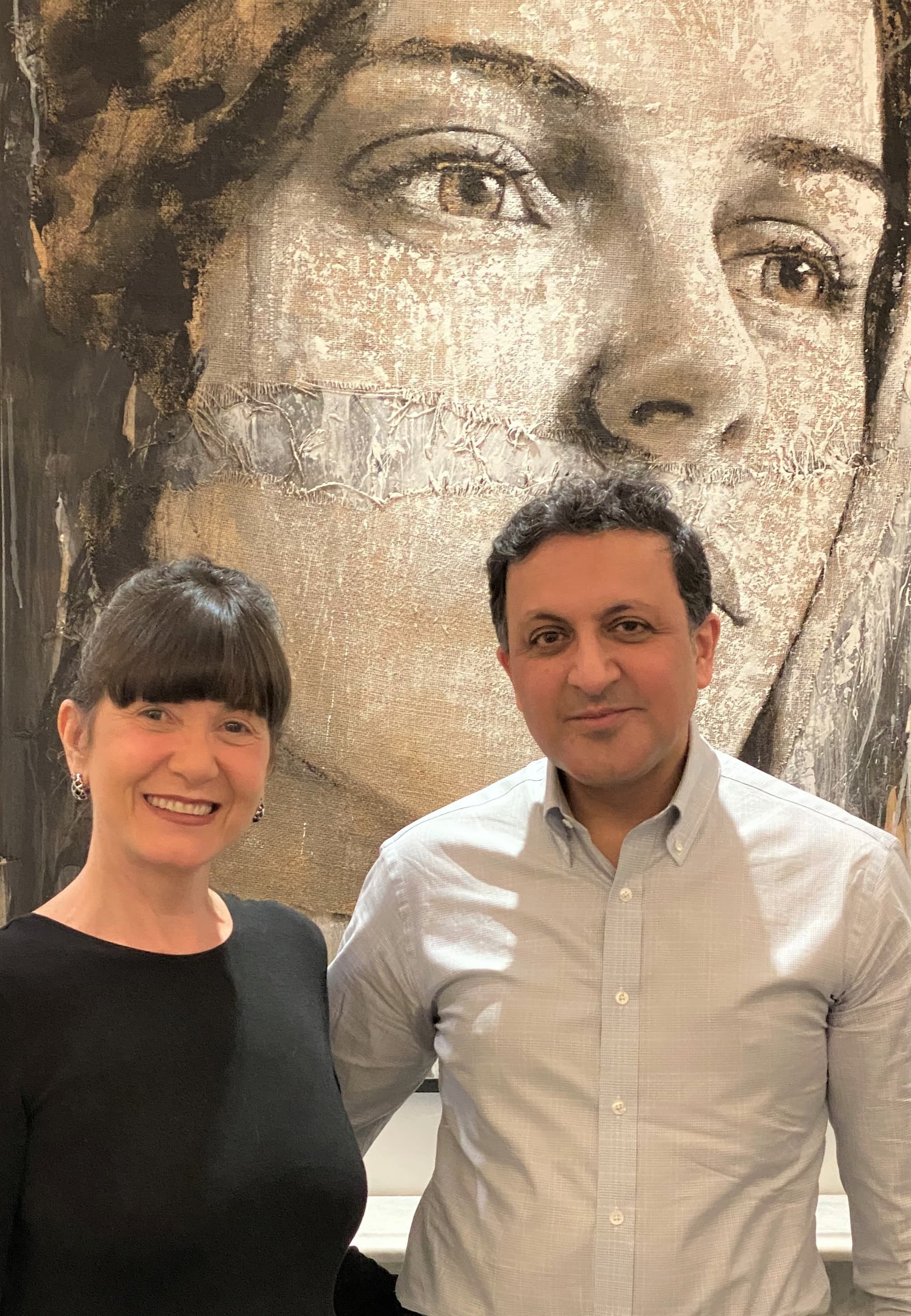
Turning facelift surgery into artistry into confidence
